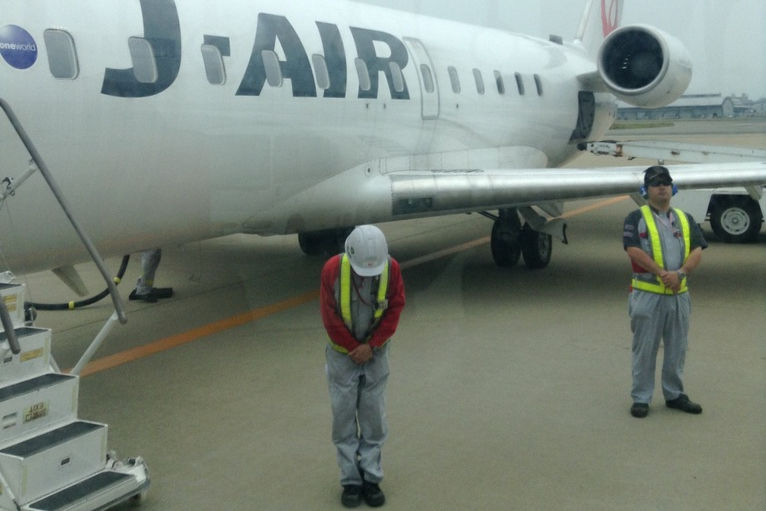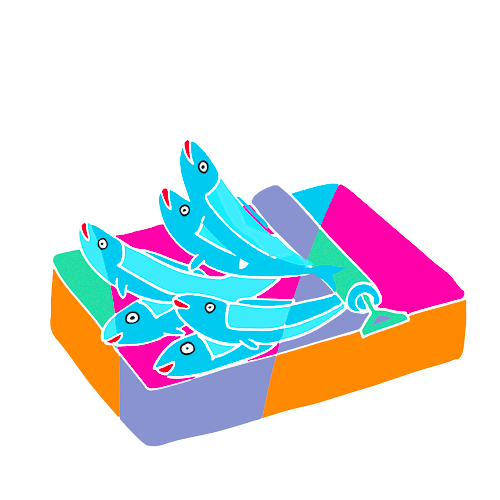Art is Not Always Fun...
- Mai Ryuno
- Jul 13
- 7 min read
Updated: Jul 28
In my last post, I shared that I moved to the United States with the dream of becoming an artist. The truth is, at the time, I didn't fully grasp what that truly meant. Since leaving Japan, becoming an artist has evolved into a continuous life journey. I've come to realize that this journey has no fixed destination.

The Early Days of Creativity
Looking back to when I first considered becoming an artist, I often found myself completely absorbed in making. My mother would frequently find me in my room, lost in a project, even after dark. I would start working with daylight and continue without realizing how much time had passed. I made drawings, collages, and mostly functional sculptures for my room using whatever I had—paper, pencils, magazine cutouts, and cardboard boxes. At the time, I simply thought I wanted to pursue something I enjoyed so much for my future, wondering, "What's art?" Now, I believe I was likely just bored, and that's how I filled my time. However, I was fortunate to find myself in a flow state, which helped fulfill a sense of emptiness with the tangible activity, even if I don't really call it art now.
Stop Making Art
I've been teaching art and design at local colleges for some ten years to students around the age when I decided to become an artist. Many students often tell me they made more art when they were younger, usually up until sometime in middle school. When I ask students what art means to them, one of the most popular answers is that art is for self-expression. Then, why did they stop?
Students express a shift in their engagement with art between their earlier years and when they arrive at college. They often cite a busy life and self-doubt as reasons for this change. While high school academics certainly intensify, and art can seem less prioritized, I question if it's truly impossible to find time for creative expression in our everyday life. Even just 5-10 minutes of daily art-making adds up significantly: 30 hours a year for 5 minutes a day, and 60 hours for 10 minutes a day. Imagine how many pieces of art could be created, or how much one could improve by focusing on a single subject for that many hours through the process of consistent practice, learning, and improvement.
As for self-doubt, I wonder how one can build confidence without dedication or effort towards success, which includes experiencing failures to attain it. In art, the definition of success is ultimately up to the artist. If the goal is self-expression, then success is achieved when we create work that authentically represents ourselves. However, a lack of confidence often stems from comparing artistic skills to others, particularly in technical, representational aspects, rather than focusing on the personal journey of expression.
Art As Self Expression
To truly express ourselves, we must first understand ourselves. Art provides a powerful avenue for this self-discovery, allowing us to externalize our thoughts, feelings, and beliefs. As an educator, I find art to be an invaluable tool for understanding my students. Their creative process and the resulting artwork reveal both their strengths and areas for growth. I often tell my students that art isn't always "fun" because the process can be challenging. It forces us to confront what's true and what's not within ourselves. Recognizing our strengths, flaws, and the influence of others on our perspectives helps us leverage our best qualities and overcome challenges to continuously reinvent ourselves. Creating truly authentic work requires honesty, vulnerability, and a willingness to accept or struggle with our true selves.
Pablo Picasso once said, "It took me four years to paint like Raphael, but a lifetime to paint like a child." Children naturally express themselves with an authentic voice, and society generally encourages their creative activities. However, children are often creative without needing external encouragement. Although there are many art classes and schools that focus on art as a core curriculum for children, young people, like my students, often lose this innate creativity somewhere within their educational journey during a crucial time for self-discovery and development.
Left Image: Rafael, The School of Athens, 1509-1511 | Right Image: Art by a three-year-old girl from Wikipedia
The Role of Art in Schools
I'm not simply suggesting more art classes in schools, as they don't always help students embrace and enhance their true creativity. I recently saw the term "School Art," used critically, which refers to art education and the art created by students within a structured educational setting. The primary purpose of this type of art in education is skill and knowledge development, often with standardized assessment criteria set by the educational system's framework. In this setting, every student often makes similar artwork, sometimes even a copy of an old masterpiece by a famous artist.
I've observed that some of my students, who are "A" students in high school art classes and confident in their abilities, don't necessarily succeed in my classes. This is because they are accustomed to following external requirements and expectations, trying to find the "right answer" for the teacher. While they may receive an "A" in the educational context, the grade may not hold as much significance for them as developing artists.
Conversely, I had a student in my drawing class who was very interested in learning how to generate her own ideas for her artwork. At the beginning of the semester, she approached me to share her struggle with creating "original" artwork. She mentioned that she often painted popular characters or existing images, even as commissions. However, she recognized that simply copying them wasn't the same as creating her own unique art.
In my class, we dedicated a significant amount of time to both individual and collective brainstorming, as well as providing feedback on the conceptual aspects of each other's artwork. While these sessions could sometimes be challenging for students and for me as their instructor, they were incredibly valuable. I observed a diverse group of individuals who, despite their varying communication styles, genuinely shared ideas and perspectives not necessarily to reach an agreement, but to learn from one another. This collaborative approach not only helped students develop their own ideas and create artwork but also allowed them to inspire each other, fostering creative ideas they might not have conceived independently. Over the course of the semester, this particular student gained a deeper understanding of her own thought processes and those of others. She developed a unique creative approach to her artwork.

I distinctly recall one of her creative drawings: a movie theater scene where tiny bananas were the audience, watching a cynical film. By the end of the class, she had gained confidence not only in her technical drawing and painting skills but also in her ability to think creatively and produce her own unique artworks as a form of self-expression.
Becoming an Artist
During my graduate studies at the San Francisco Art Institute, a professor once told me that it was "okay to be selfish sometimes." At the time, I wasn't entirely sure what that truly meant, but it has since become a valuable lesson in my journey to becoming an artist and discovering my true self. I've learned that by deeply focusing on our inner feelings and desires, we can uncover our values and the meaning of life. As the saying goes, "knowledge is power," and knowing our true selves can provide a clearer image of who we are, fostering confidence and self-assurance.
Left Image: San Francisco Art Institute's front entrance and tower (closed in 2022) | Right Image: A view from the campus
Another professor challenged me to consider how I would share my memorable life experiences and moments with others, free from the constraints of printmaking, which was my supposed focus of study. My thought was to share these directly as live experiences and moments, rather than reproducing their images on flat surfaces like paper or canvas. This led me to create participatory performance and interactive installation art, even though my degree is still in printmaking. The educational and artistic freedom to experiment with ideas and mediums to find and express myself freely at the school was the most valuable education I've had. In fact, after graduation, I encountered another professor on campus who remarked that I was "a piece of art myself." I believe this moment marked the official beginning of my journey as an artist.

In Carl Jung's work, the concept of individuation—the lifelong journey of integrating our conscious and unconscious selves to form a unique and unified identity—deeply resonates with me. I find this concept invaluable in my art practice. While the process may not always be easy or "fun," I find it incredibly fulfilling. It's through this journey that I create unique artwork that goes beyond traditional mediums or others' expectations of what art can be. Moreover, it helps me find meaning and purpose in life, offering a powerful framework for understanding personal growth within the arts.
I recently received a wonderful message from a student I had the pleasure of working with for a year and a half on a collaborative art project. She shared, "Thank you for this experience and this time that we've had together! You have taught me so much and opened my eyes to all the different aspects of life we call art!"
I firmly believe that everyday life is an art form, and everyone has the potential to be an artist of their own life. My role as an artist is to share my knowledge and experience as an artist, inspiring others to discover the creative potential within themselves.
Check out more of my art projects here!













Comments